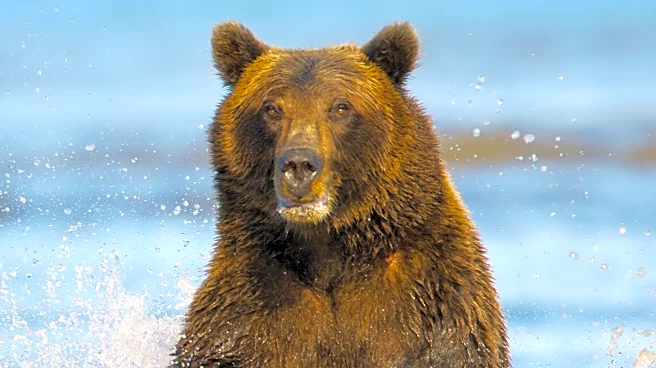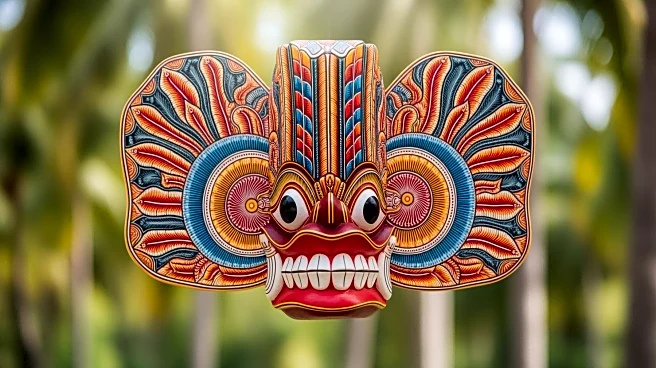What's Happening?
Billy Halloran, a runner from Auckland, New Zealand, was attacked by a bear while running in the woods of Myoko, Japan. The incident occurred in early October when Halloran encountered two Asiatic black
bears. Despite trying to back away slowly, one bear lunged at him, resulting in severe injuries to his arm and leg. Halloran has undergone three surgeries, including a hip graft and the insertion of metal plates in his arm. Bear attacks in Japan have been increasing, with over 100 people injured and at least seven fatalities this year. The Japanese government has announced plans to implement stricter measures to control the bear population.
Why It's Important?
The rise in bear attacks in Japan highlights the growing conflict between wildlife and human populations, exacerbated by climate change affecting food sources for bears. This situation underscores the need for effective wildlife management and public safety measures. The incident also raises awareness about the risks faced by outdoor enthusiasts and the importance of preparedness in wildlife-prone areas. The Japanese government's response could set a precedent for other regions facing similar challenges, impacting policies on wildlife conservation and human safety.
What's Next?
The Japanese government plans to introduce tougher measures to manage the bear population, which may include culling or relocation efforts. Local communities are likely to increase safety precautions, such as carrying bear spray or making noise to deter bears. Halloran, despite his injuries, plans to return to running and engage in winter sports once he recovers, highlighting the resilience of individuals affected by wildlife encounters. The effectiveness of government measures will be closely monitored, with potential implications for wildlife management policies globally.












